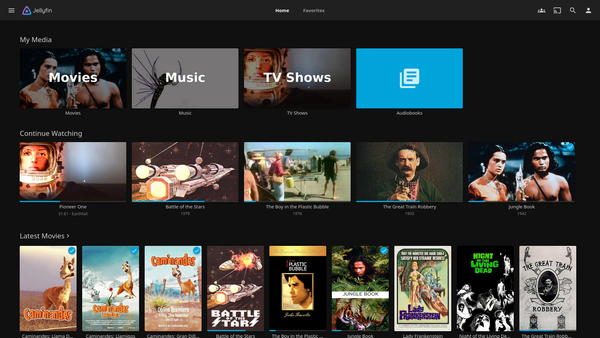Components of Clean Architecture
Clean Architecture, advocates for a layered architectural approach that prioritizes the separation of concerns and the independence of frameworks and platforms. At its core, Clean Architecture revolves around the fundamental principle of organizing code in a way that allows it to be easily understood, maintained, and extended over time.
To delve deeper into the intricacies of Clean Architecture, let's break it down into its core components:
- Independence of Frameworks: Clean Architecture promotes the decoupling of the application's business logic from external dependencies such as frameworks, libraries, and databases. This ensures that the core business rules remain unaffected by changes in external technologies, thus enhancing flexibility and maintainability.
- Testability: By isolating business logic from external dependencies, Clean Architecture facilitates thorough unit testing of the core components without the need for complex setup or mocking frameworks. This promotes a culture of test-driven development (TDD) and ensures the reliability of the application.
- Separation of Concerns: Clean Architecture advocates for a clear separation of concerns among different layers of the application, namely the Domain, Data, and Presentation layers. Each layer encapsulates a specific aspect of the application, thereby promoting modularity and reusability.
I have explored many articles related to Clean Architecture. Clean Architecture is not only employed in software development; it is an integral part of structured planning in various fields.
The Core Principles
Amit Nadiger's insightful article on Clean Architecture elaborates on the core principles that underpin this architectural paradigm. According to Nadiger, Clean Architecture revolves around four key concepts:
- SOLID Principles: Clean Architecture aligns with the SOLID principles of object-oriented design, emphasizing concepts such as Single Responsibility, Open/Closed Principle, Liskov Substitution, Interface Segregation, and Dependency Inversion. By adhering to these principles, developers can create code that is modular, maintainable, and extensible.
- Dependency Rule: The Dependency Rule, as elucidated in Marko Novakovic's article, dictates that dependencies should always point inwards toward the core domain. This ensures that high-level modules remain independent of low-level details, fostering a clear and concise architecture.
- Data Flow Direction: Clean Architecture emphasizes a unidirectional flow of data, with dependencies flowing inward toward the core domain. This ensures that changes in external components do not ripple through the entire system, thus minimizing coupling and promoting encapsulation.
Practical Implementation
In his article on Clean Architecture Data Flow, Marko Novakovic provides practical insights into implementing Clean Architecture in real-world projects. Novakovic emphasizes the importance of structuring the application into distinct layers, each with well-defined responsibilities:
- Domain Layer: This layer encapsulates the core business logic of the application, including entities, use cases, and business rules. It remains independent of external frameworks and technologies, ensuring portability and testability.
- Data Layer: Responsible for handling data access and storage, the Data layer interacts with external data sources such as databases, APIs, or repositories. By abstracting data access behind interfaces, Clean Architecture enables seamless integration with different data sources without affecting the core domain logic.
- Presentation Layer: This layer deals with user interface components and user interactions. It remains agnostic of the underlying business logic, allowing for flexibility in presentation technologies and frameworks.



